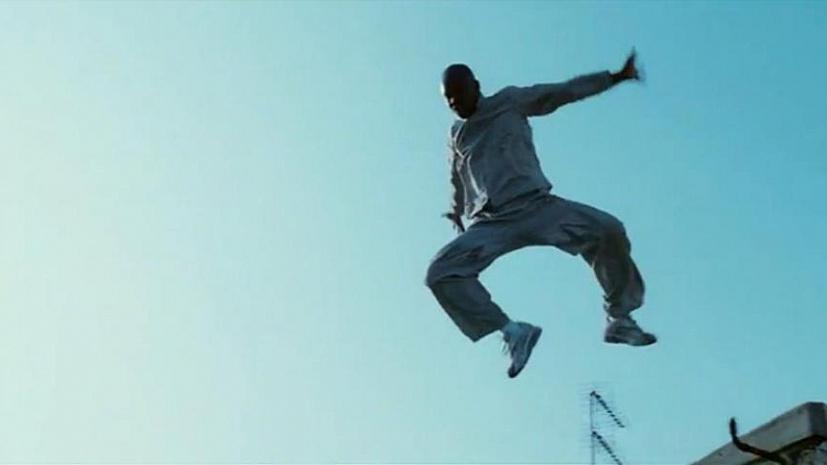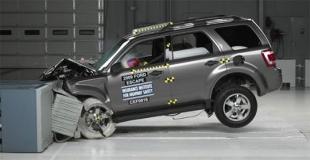
Collision like jumping from the third floor
 In an accident at a speed of only 50 km / h, kinetic energy accumulates in the human body, comparable to hitting the ground after falling from the third floor. The risk of death or serious injury is reduced by using seat belts and properly securing items being carried.
In an accident at a speed of only 50 km / h, kinetic energy accumulates in the human body, comparable to hitting the ground after falling from the third floor. The risk of death or serious injury is reduced by using seat belts and properly securing items being carried.
 The same event at a speed of 110 km / h is comparable to the impact after a jump from ... the Statue of Liberty. However, even in a collision at low speed, the bodies of the driver and passengers are subjected to large overloads. Already at a speed of 13 km / h, the head of a car knocked down from behind in less than a quarter of a second moves almost half a meter and weighs seven times more than normal. The force of the impact at higher speeds often results in people not wearing seat belts trampling others or even being thrown out of the vehicle.
The same event at a speed of 110 km / h is comparable to the impact after a jump from ... the Statue of Liberty. However, even in a collision at low speed, the bodies of the driver and passengers are subjected to large overloads. Already at a speed of 13 km / h, the head of a car knocked down from behind in less than a quarter of a second moves almost half a meter and weighs seven times more than normal. The force of the impact at higher speeds often results in people not wearing seat belts trampling others or even being thrown out of the vehicle.
“Drivers are completely unaware of the dangers to their health and life that can arise even in seemingly harmless collisions at minimum speed. Not fastening seat belts or simply throwing them over your shoulder or lying in the seats in your car while driving are just some of the behaviors that arise from the lack of imagination of drivers and passengers, says Zbigniew Veseli, Renault driving school director.
Loose objects inside the vehicle also pose a huge risk in the event of sudden braking or collision. In a collision at a speed of 100 km / h, a book weighing only 250 g, lying on the back shelf, collects as much kinetic energy as a bullet fired from a pistol. This shows how hard it can hit the windshield, dashboard, driver or passenger.
“All objects, even the smallest ones, must be properly immobilized, regardless of the length of the journey,” advise Renault driving school instructors. “The rear shelf must remain empty, not only because the objects on it can be fatal in an accident or hard braking, but also because they reduce visibility.”
In a collision or sudden braking, animals are also subjected to colossal overloads. In such a situation, they can pose a great threat to the driver and other passengers of the car, hitting them with great force.
Therefore, for example, dogs are best transported in the trunk behind the back seat (but this is only allowed in station wagons). Otherwise, the animal must travel in the back seat, fastened with a special car harness, which can be purchased at pet stores. You can also install a special mat that will prevent your pet from getting into the front seats. On the other hand, smaller animals are best transported in specially designed carriers.
When driving, remember:
– fasten your seat belts, regardless of the space you occupy in the car
- do not cross your legs over another seat or dashboard
- do not lie on chairs
- do not tuck the upper part of the straps under the shoulder
– hide or securely fasten all moving objects inside the car (telephones, bottles, books, etc.)
– transport animals in special transporters or car teams
- leave the rear shelf in the car empty
See also:
Prepare your car for the trip
Airbag belts